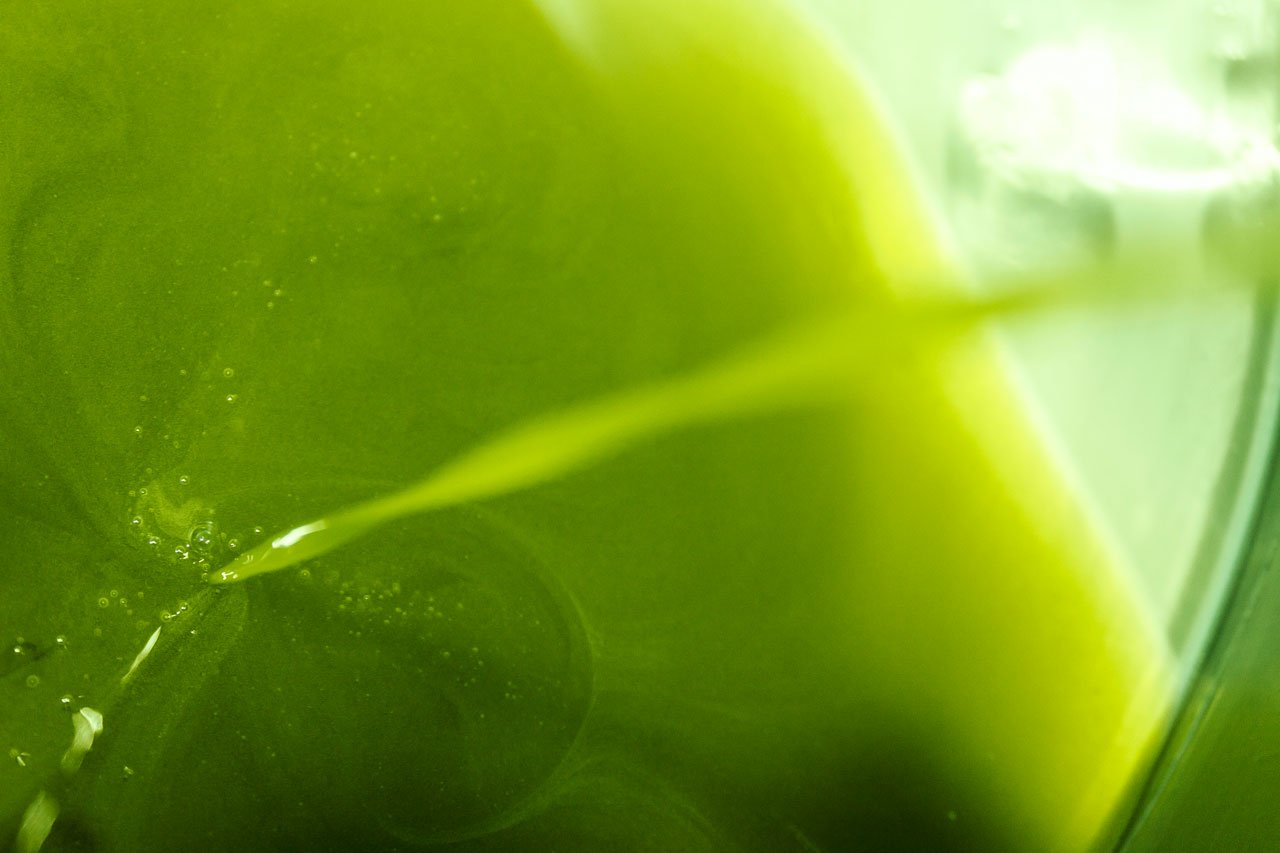
09 Nov The green fragrance of new oil
Even colors can have scents.
By sniffing our extra virgin olive oil, we realize that each color can evoke a different sensation; we perceive it over time by observing its evolution. It evolves and matures, offering heterogeneous nuances of colors and flavors to both sight and smell.
If we wonder about its color, the answer can be only one: many.
Its shades range from deep green to bright green, embracing various hues of yellow, from golden to straw, sometimes more subdued, other times more intense or sparkling.
Color doesn’t indicate quality; in fact, it’s not even considered a parameter in professional tastings. However, it’s undoubtedly a sensory characteristic that can be useful to learn about, to better understand the product through every sense.
The area of origin, the soil, cultivation methods, the cultivar, along with how the olives were harvested, their ripeness, the natural content of chlorophyll and carotenes—all these elements contribute to determining the color.
Our freshly extracted extra virgin olive oil in the mill is bright green, full-bodied, smelling of freshly cut grass and unripe olives. Over time, after resting, the intensity of the green softens, embracing golden yellow reflections. This chromatic evolution is entirely natural, especially when we talk, as in our case, about a simple olive press.
What matters after extraction is to store it in the dark, away from light, air and temperature fluctuations.
Without being swayed, we always remember that to determine the quality of an extra virgin olive oil, the parameters to consider are its fruity, bitter and pungent qualities. We rely on taste, avoiding confining it within a chromatic reduction.
The trick is simply the curiosity to learn to recognize quality ourselves, using all the other senses available.


